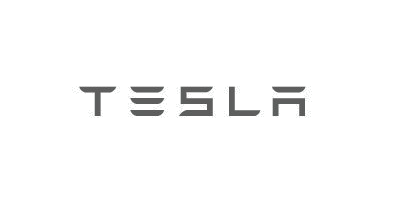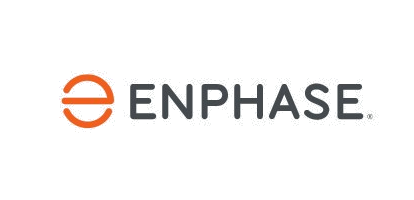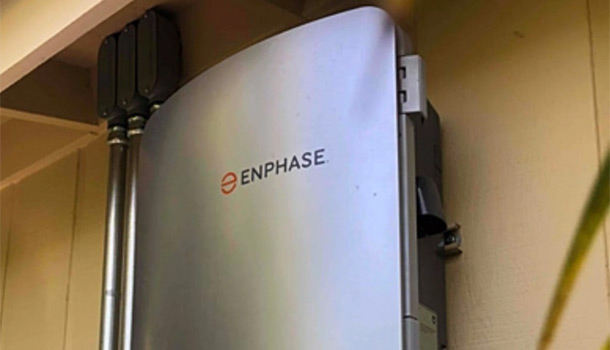You can. We’d be happy to help you with that too. But if you’re building a solar system with us, let’s get your solar panel installation right the first time.
We could take shortcuts to make your solar panel system seem less expensive upfront, but we’d just be under-sizing your system. So when you inevitably need more power, you’ll be frustrated to learn that adding even a few panels requires the same fixed projects costs as the first installation (e.g., permitting, design and engineering, and an installation crew). You don’t want that.
Instead, we’ll tell you an industry secret: everyone, and we mean everyone uses more power once they get solar energy.
Call it freedom. Call it human nature. Or call it enjoying your ROI. It’s real, and it proves that with solar energy, people stop limiting their energy usage and start living. One of the most common changes we see from our clients is that they finally feel free to run their air conditioner as much as they want!
This may be the most important thing we can stress: The question is not “will you use more power?”. It’s “how much more will you use?”.
We’ve helped 20,000 local homeowners. No one has ever complained that they ended up with too much power. But the few who opted for less power…well, it wasn’t long before they wished for more!







